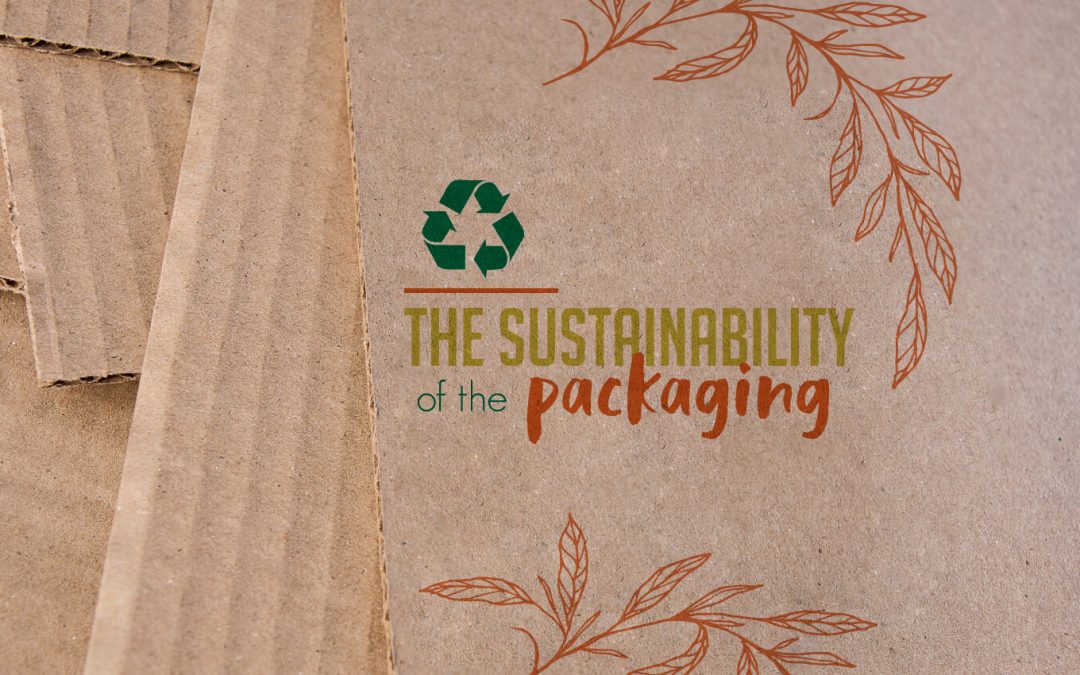
Sustainable Packaging, it’s Now or… Now!
The environment and the economy are really two sides of the same coin. If we cannot sustain the environment, we cannot sustain ourselves.
-Wangari Maathai
What is Sustainable Packaging, Anyway?
This term is not really new, even if that may surprise you. The concept of sustainable packaging has been tossed around since the 70´s. In fact, during the 1970s environmental movement, while Americans celebrated their first Earth Day, the basic concept of sustainable packaging emerged just as awareness of ecological problems such as pollution and littering were growing.
Sustainable packaging as an idea has evolved throughout the years, but it has often been dismissed as being too costly to be effective.
As the term or concept of “sustainable packaging” has become more mainstream, the definition has also evolved. It can be summarized as the process of developing and using packaging that results in better sustainability. This process includes using life cycle inventory and life cycle assessment techniques to effectively reduce the environmental and ecological impact.too costly to be effective. As the years have passed, it has become clearer and clearer that the true cost has prevented sustainable packaging from becoming standard practice for most companies. . With this in mind, many large companies have made efforts to create awareness and institute sustainable packaging processes. For example, in 2006, Wal-Mart revealed its 7 R’s of sustainable packaging (Remove, Reduce, Reuse, Renew-able, Recycle-able, Revenue, Read), later the retailer shortened the list to reduce, reuse, and recycle, but added the term “rethink” to drive people and companies into considering smarter more sustainable options.
According to The Sustainable Packaging Coalition, sustainable packaging:
- Is beneficial, safe & healthy for individuals and communities throughout its life cycle;
- Meets market criteria for performance and cost:
- Is sourced, manufactured, transported, and recycled using renewable energy;
- Optimizes the use of renewable or recycled source materials;
- Is manufactured using clean production technologies and best practices;
- Is made from materials healthy throughout the life cycle;
- Is physically designed to optimize materials and energy; and
- Is effectively recovered and utilized in biological and/or industrial closed loop cycles

So, what now?
It’s very easy to think about sustainable packaging as merely a project on which to start working now so that future generations inherit a better world, and that’s OK. However, the reality is that sustainable packaging is something we need to start using now. It’s officially a present and urgent need and it must become standard practice for individuals as well as brands and companies. Those brands and companies must practice corporate responsibility. The concept is no longer just the better option for the environment, but sustainable packaging is now an investment that brands must make in order to maintain a positive image in the eyes of their customers.
Thanks to better techniques and scientific innovations, economic costs for sustainable packaging are coming down. There may be a higher cost to every brand and company that chooses not to participate in this endeavor, not only in terms of the environment but also in the failure to reap the marketing benefits of actively portraying your brand as sustainable and green. The environmentally conscious demographic is rapidly growing and that demographic is a strong supporter of eco-friendly brands and harsh critic of brands that do not incorporate green sustainable standards into their processes. It is a fact that brands who do not “jump on the wagon” will be left behind and will suffer the consequences.
Ecology Packaging
Packaging as a whole has had a negative impact on the environment, including the manufacturing processes and materials used, the waste produced, and our throw-away culture, among others things. Ecology Packaging knows this, but we also know that good branding can combine with sustainable packaging to produce great results not only for the environment and our planet but also for your brand and your ROI. Be sure to contact us to explore options and find the best way to fulfill your packaging needs in a way that benefits us all. Literally.


